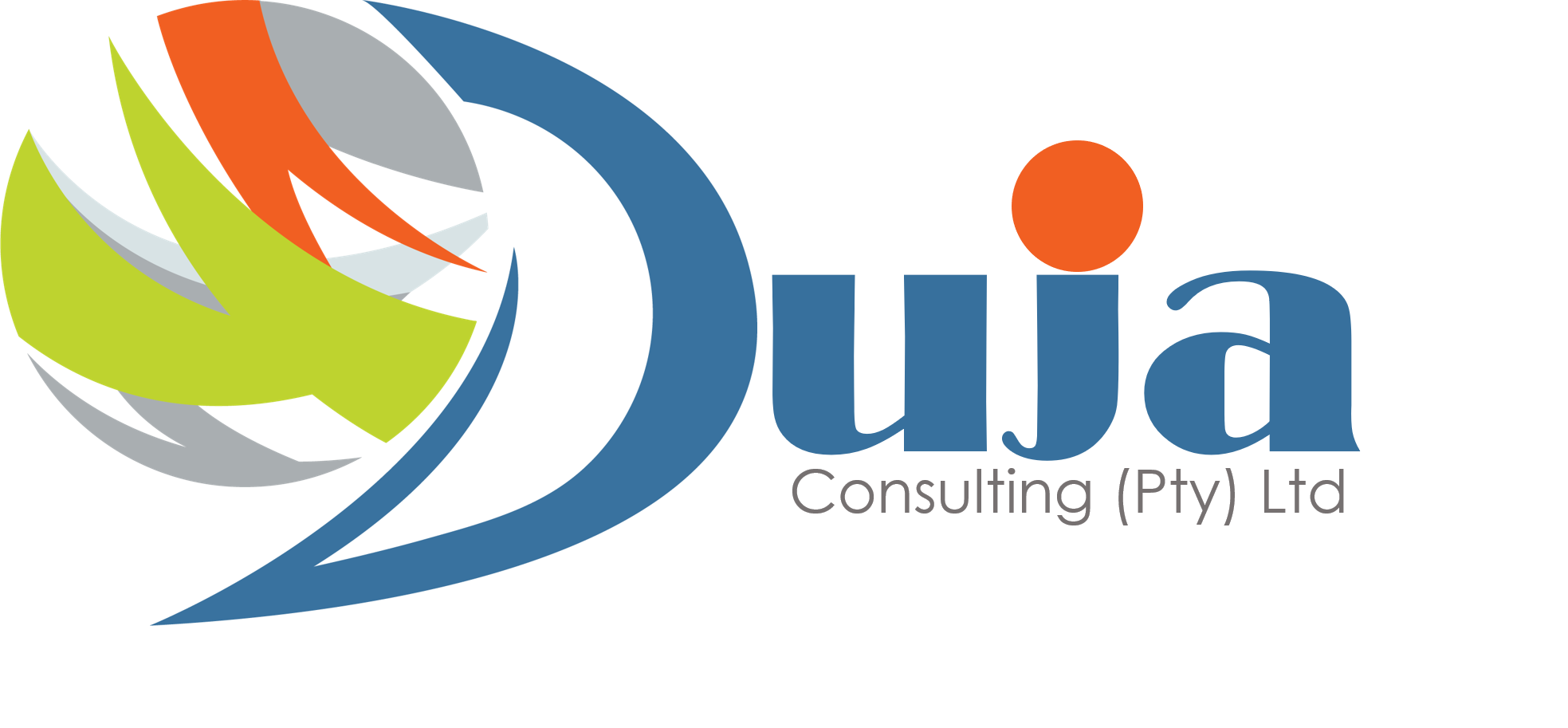Introduction
In today’s dynamic business landscape, organisations must continuously strive for operational excellence. The procurement function, playing a crucial role in supply chain management, is no exception. Achieving efficiency in procurement processes is vital for cost savings, supplier relationship management, risk mitigation, and overall business success. In this article, we will explore how constant innovation can enhance procurement function efficiency, supported by case studies and insights from prominent business leaders and industry experts.
1. Advanced Analytics and Artificial Intelligence (AI)
By harnessing the power of advanced analytics and AI, procurement teams can automate manual tasks, analyse large datasets, and gain valuable insights for decision-making. According to Michael Porter, a renowned business strategist, “Advanced analytics and AI have the potential to transform procurement, enabling faster and more accurate supplier selection, contract management, and spend analysis.”
Case Study:
IBM Watson’s procurement analytics platform helped a global manufacturing company identify potential cost savings of $12 million annually through improved spend analysis and negotiation strategies.
2. Blockchain Technology for Supply Chain Transparency
Implementing blockchain technology enables transparent and secure transactions, enhances traceability, and reduces fraud in the procurement process. Brian Behlendorf, the executive director of the Hyperledger Project, states, “Blockchain can revolutionise procurement by providing an immutable ledger of transactions, ensuring trust, and reducing administrative burdens.”
Case Study:
Walmart successfully piloted blockchain technology in its pork supply chain, reducing the time it took to trace the source of contaminated products from weeks to seconds, minimising health risks and improving efficiency.
3. Supplier Relationship Management (SRM) Platforms
SRM platforms facilitate efficient collaboration between procurement teams and suppliers, streamlining communication, performance monitoring, and contract management. As Indra Nooyi, former CEO of PepsiCo, suggests, “Developing strong supplier relationships is crucial for driving procurement efficiency and innovation.”
Case Study:
Rolls-Royce implemented a comprehensive SRM platform, reducing supplier onboarding time by 50% and enhancing supplier collaboration, resulting in improved delivery performance and cost savings.
4. Robotic Process Automation (RPA) in Procurement
RPA technology automates repetitive tasks such as invoice processing, purchase order creation, and data entry, freeing up procurement professionals to focus on strategic activities. According to Ginni Rometty, former CEO of IBM, “RPA can significantly improve procurement efficiency by eliminating manual errors, reducing processing time, and increasing accuracy.”
Case Study:
The procurement team at Coca-Cola deployed RPA bots to automate invoice processing, resulting in a 40% reduction in processing time and improved accuracy.
5. Digital Supplier Onboarding
Digitising supplier onboarding processes through online portals or self-service platforms enables faster supplier integration, reduces paperwork, and enhances data accuracy. Tim Cook, CEO of Apple Inc., emphasises, “Digital supplier onboarding expedites the procurement process, enabling organisations to respond rapidly to market demands.”
Case Study:
Siemens introduced a digital supplier onboarding portal, reducing the onboarding time by 70%, enhancing supplier data accuracy, and improving time-to-market for new products.
6. Predictive Analytics for Demand Forecasting
Leveraging predictive analytics models helps procurement teams forecast demand accurately, optimise inventory levels, and enhance supply chain responsiveness. According to Safra Catz, CEO of Oracle Corporation, “Predictive analytics can drive procurement efficiency by aligning supply with demand and reducing inventory holding costs.”
Case Study:
Amazon utilises predictive analytics to forecast customer demand during peak seasons, optimising inventory levels and ensuring timely product availability.
7. Collaborative Supplier Innovation Programs
Establishing collaborative innovation programs with strategic suppliers fosters continuous improvement, drives product innovation, and unlocks procurement efficiencies. Alan Mulally, former CEO of Ford Motor Company, highlights, “Collaboration with suppliers fosters a culture of innovation, leading to breakthrough ideas and improved efficiency.”
Case Study:
Procter & Gamble’s Connect+Develop initiative encouraged supplier collaboration, resulting in the development of innovative packaging solutions that reduced material waste and improved supply chain efficiency.
8. E-Procurement Systems
Implementing e-procurement systems enables automation of requisitioning, sourcing, and purchase order processes, reducing paperwork, enhancing procurement cycle times, and improving cost control. Meg Whitman, former CEO of Hewlett Packard Enterprise, states, “E-procurement systems streamline processes, enhance compliance, and provide real-time visibility into spend data.”
Case Study:
The United States Department of Defence implemented the Defence eProcurement System, reducing procurement cycle times by 30% and achieving cost savings of over $2 billion annually.
9. Supplier Performance Scorecards
Using supplier performance scorecards allows procurement teams to measure and monitor supplier performance against predefined key performance indicators (KPIs), promoting accountability and driving continuous improvement. According to Mary Barra, CEO of General Motors, “Supplier performance scorecards enable data-driven decision-making, fostering supplier accountability and enhancing procurement efficiency.”
Case Study:
Toyota implemented a comprehensive supplier performance management system, leading to a 20% improvement in on-time delivery and a 15% reduction in quality issues.
10. Sustainability and Ethical Procurement Practices
Integrating sustainability and ethical considerations into procurement processes ensures responsible sourcing, reduces environmental impact, and enhances brand reputation. Paul Polman, former CEO of Unilever, emphasises, “Sustainable procurement practices drive efficiency, mitigate risks, and contribute to long-term business success.”
Case Study:
Nike’s sustainable procurement program promotes responsible sourcing and labour practices, resulting in reduced supply chain disruptions, improved supplier relationships, and enhanced operational efficiency.
Conclusion
Innovation is a key driver of procurement function efficiency. By embracing technological advancements, nurturing supplier relationships, and prioritising sustainability, organisations can transform their procurement processes. The examples provided, coupled with insights from business leaders and industry experts, highlight the significant impact of constant innovation on procurement efficiency. As the business landscape continues to evolve, organisations must remain agile, adaptive, and committed to driving innovation in their procurement functions to gain a competitive edge in the marketplace.
